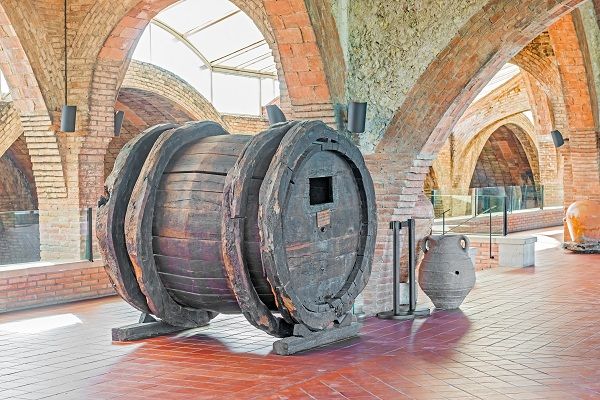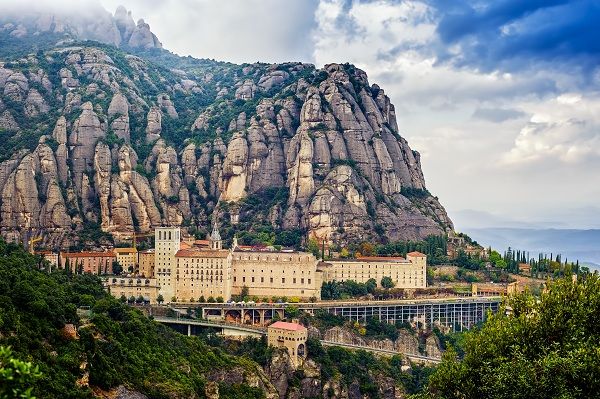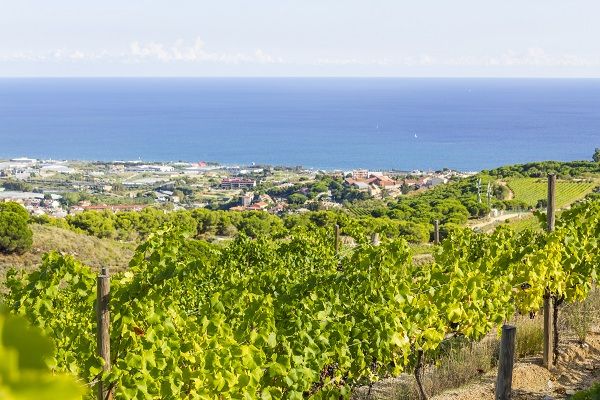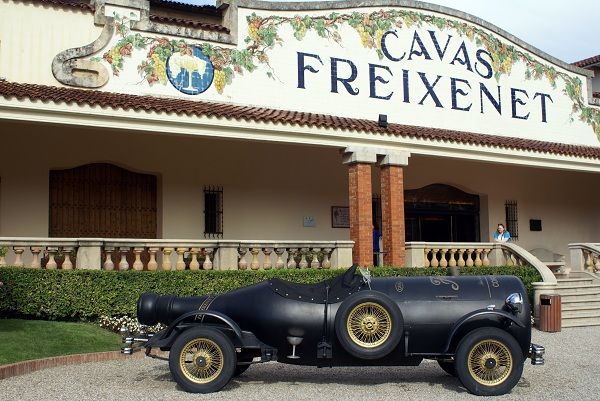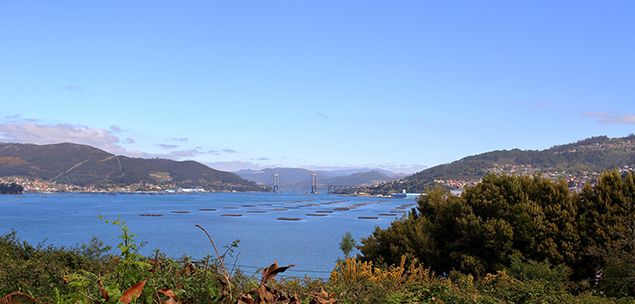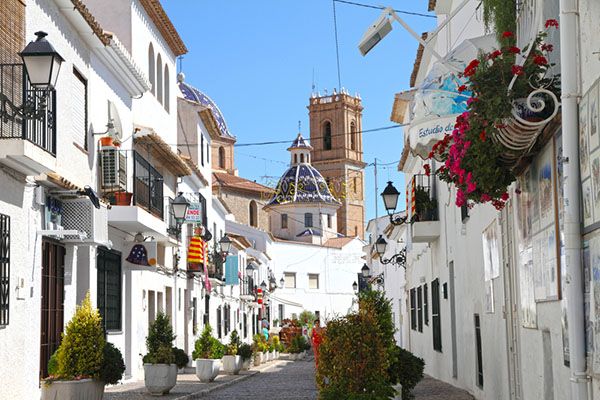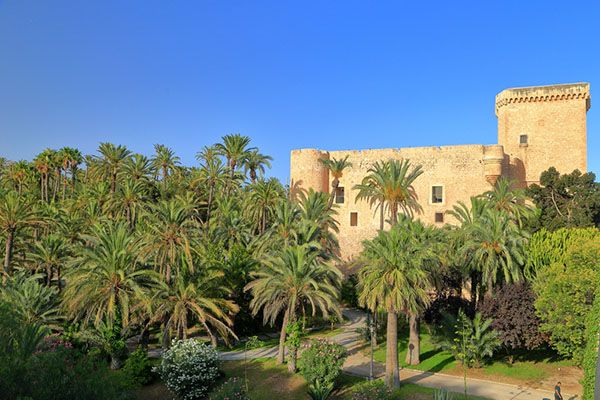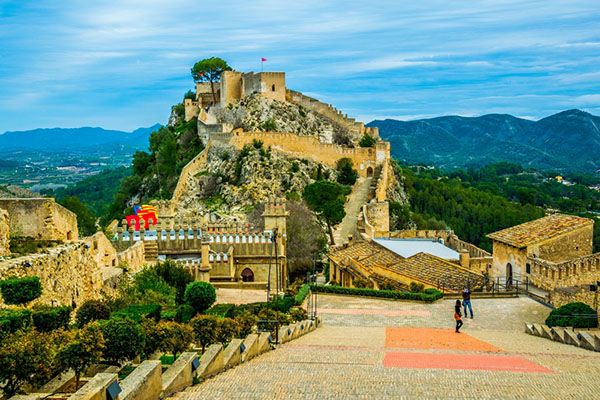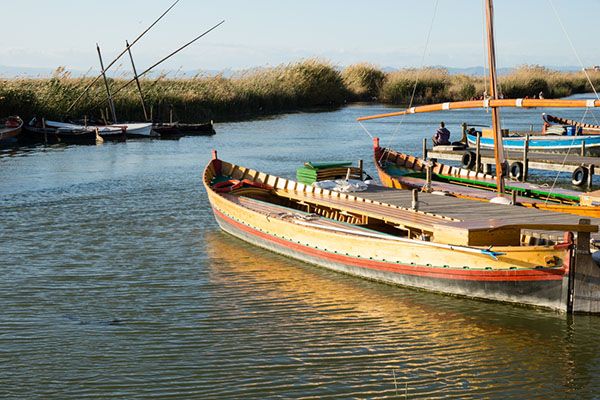Do you have any hobbies? What do you do when you are not running your international company?
¿Tienes algún pasatiempo? ¿Qué haces cuando no estás dirigiendo tu empresa internacional?
Wow, I have a lot! I love interior decoration and architecture. In fact, I just think that people who build a beautiful building with their own hands is incredible. And skiing! I love it. I feel really close to the sky. I have been in love with the sport since I was three years old; I was very young when I started. You know, my first job was related to skiing.
¡Guau, tengo muchos! Me encanta la decoración y la arquitectura. De hecho, cuando pienso que hay gente quien crea un edifico bonito con sus propias manos, es increíble. Y ¡el esquí! Me encanta. Me siento muy cerca del cielo. Me enganchó hace desde que tenía tres años, desde luego yo era muy joven cuando empecé. De hecho, mi primer trabajo estaba relacionado con el esquí.
Cool! What was it exactly?
¡Qué guay! ¿De qué era exactamente?
I started organizing trips for Spanish people to ski in Switzerland, Spain and France.
I also love traveling. Whenever I can, I go somewhere new to get to know different cultures and their lives. It inspires me. And, lastly, photography. I am addicted to photography books. My favorite photographer is Sebastian Salgado.
Empecé a organizar viajes para españoles que querían ir a Suiza, España y Francia.
También me encanta viajar. Viajo cuando puedo para conocer diferentes culturas y sus vidas. Esto me inspira muchísimo. Y, por último, diría la fotografía. Soy muy adicto a los libros de fotografía. Mi fotógrafo favorito es Sebastião Salgado.
When you’re not working, where can we find you?
¿Cuándo no estás trabajando, dónde te podemos encontrar?
Near the sea…especially Ibiza – not the crazy part…there is also a beautiful side of the island that many people don’t know very well. I like going out on a boat, being in nature, walking around the mountains and the lavender…
En el mar…especialmente en Ibiza, no en la parte de fiestas…ya que también hay un lado súper bonito de la isla que no conoce mucha gente. Me gusta navegar en barco, está en la naturaleza, caminar por las montañas. Y la lavanda…
And I have been living in London for the past five years, but my family is in Madrid, so I visit often.
Y he estado viviendo en Londres durante cinco años, pero mi familia está en Madrid, por lo que la visito a menudo.
Use three words to describe yourself.
Usa tres palabras para describirte.
Hmmm, that’s difficult….I should have prepared myself! (Laughs) I would say passionate… persevering…or better yet, a fighter, determined and…decisive.
Hmm, que difícil… ¡Tendría que haberme prepararme antes! (Se ríe.) Diría apasionante… perseverante…o mejor luchador, decidido y…decisivo.
That’s more than three, but great... Where is your favorite place to travel?
Es más que tres, pero bueno... ¿Cuál es tu destino favorito para viajar?
Difficult! Asia, of course, but also, I love Latin America… I can’t decide on just one place but I’ll narrow it down a little further to Southeast Asia.
¡Difícil! Asia, seguro, pero también me encanta Latinoamérica… No puedo decidirme por un sitio, pero sería seguramente algún lugar del sur de Asia.
Do you have a morning routine or something you do daily?
¿Tienes una rutina diaria o algo que haces todos los días?
Well, yes. I dedicate at least 5 quiet minutes every day to myself, usually in the morning. First, I think about all of the things I have to do for the day and after, I try to clear my thoughts and concentrate. It is a way to create space for the day’s important things and calm my mind. I am very interested in meditation, I would like to meditate more, I think it’s a great way to organize yourself.
Pues sí. Dedicarme por lo menos 5 minutos todos los días, normalmente por las mañanas. Primero pienso en todas las cosas que tengo que hacer para el día y después, intento vaciar la mente y concentrarme en silencio. Es una forma de hacer espacio para cosas que son importantes y calmar la mente. Me interesa mucho la meditación también, me gustaría meditar más, creo que tiene muy buenos efectos para organizarte.
So you have six months to live in a new country and learn the language – where do you go? What language?
Te propongo un escenario… Tienes seis meses para vivir en un país nuevo y aprender el idioma ¿A dónde vas? ¿Cuál elegirías?
Asia, of course. Probably China because Mandarin is one of the most important languages in the world today. I would try to go to a small town to learn.
Asia, seguro, y China posiblemente porque mandarín es un idioma muy importante hoy en día. Sobre todo, intentaría ir a un pueblo pequeño para aprender el idioma.
What do you always pack when you travel?
¿Qué cosas siempre llevas contigo cuando viajas?
Easy, pen, paper and my laptop! I work when I travel, so I always have it with me. I always have pen and paper handy so that I can write down my thoughts and new ideas.
Fácil… ¡boligrafo, papel y mi portátil! Trabajo cuando estoy de viaje, así que siempre los llevo conmigo. Siempre llevo conmigo boligrafo y papel conmigo para escribir mis pensamientos y nuevas ideas.
Tell us your favorite thing about your day-to-day.
Cuéntanos, ¿cuál es tu momento favorito del día?
The first 5 minutes of my day.
Los primeros 5 minutos cuando me despierto, lo disfruto mucho.
Really? I hate waking up!
¿En serio? ¡Odio despertarme!
Look, I love my job. I am really passionate about everything I do.
Mira, me encanta trabajar. Realmente me apasiona lo que hago.
We are running out of time! Any last tips for our students who are learning Spanish?
Nos estamos quedando sin tiempo ¿Algún último consejo para nuestros alumnos quienes están aprendiendo español?
First, be open to learning Spanish culture because it has so much to teach you. Not just in Spain, but also in Latin America. Get to know the culture deeply, and above all, the people. Don’t just learn Spanish in a class or from textbooks. People are very open and can teach you lots of new things. Learning directly with people is a luxury and opportunity you cannot let pass you by. Also, everything you do, do with passion!
Lo primero que les diría es que estén abiertos a la cultura española porque se puede aprender muchas cosas. Pero no solo en España, sino también en Latinoamérica. Conocerla a fondo, sobre todo a las personas. También, les recordaría que no se aprende solo en las clases o en los libros, pues la gente es muy abierta y pueden enseñarte muchas cosas. Es un lujo y una oportunidad que no se puede dejar escapar. ¡Hay que hacer todo con pasión!





